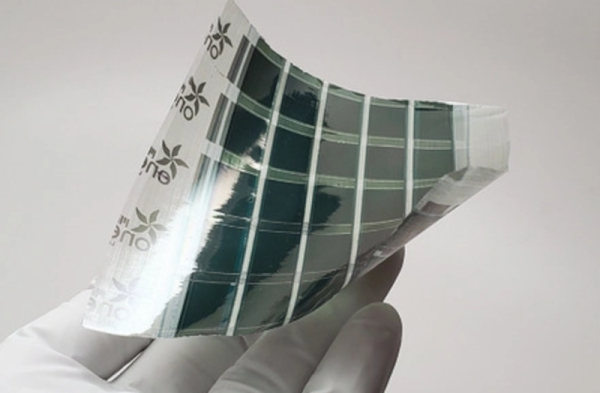Perovskites hold enormous promise for generating solar energy, with the potential to provide lighter and cheaper cells than those made from silicon. Unfortunately, the material breaks down too rapidly to be practical for most applications. But thanks to some recent research, we now have a better understanding of the nanoscale changes that happen during this breakdown, and how to combat it.
The research is focused on the topic of passivation, which seeks to increase the useful lifespan of perovskites by studying the surface interface where they meet other materials. Most of the perovskite material is a perfect latticework of atoms, but this structure is broken at the surface. This atomically “jagged” interface introduces losses which only get worse over time. Currently, the best way to address this issue is to essentially seal the surface with a very thin layer of hexylammonium bromide.
While this technique significantly simplified the passivation process when it was discovered, the effect had yet to be adequately characterized to further advance the field. According to lead author, [Dane deQuilettes], “This is the first paper that demonstrates how to systematically control and engineer surface fields in perovskites.”
Prefer to roll your own cells? How about a DIY dye sensitized cell or this thermionic converter model?

















